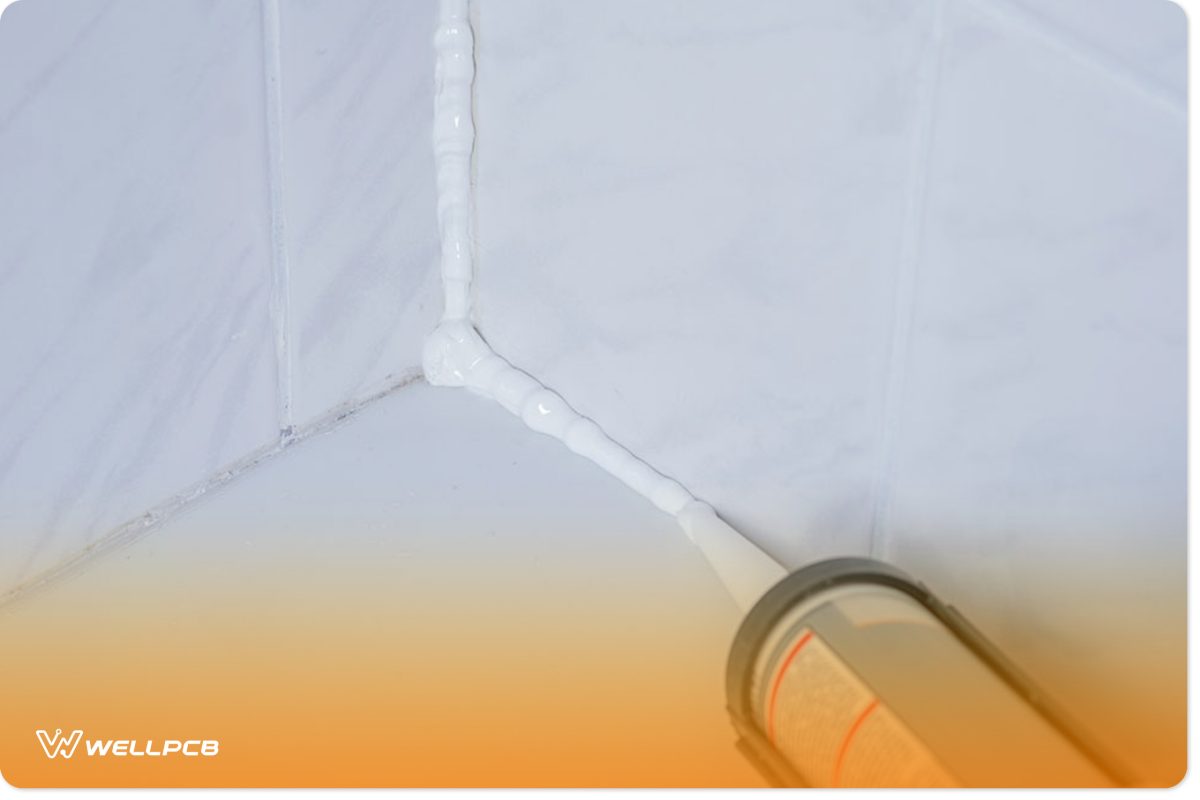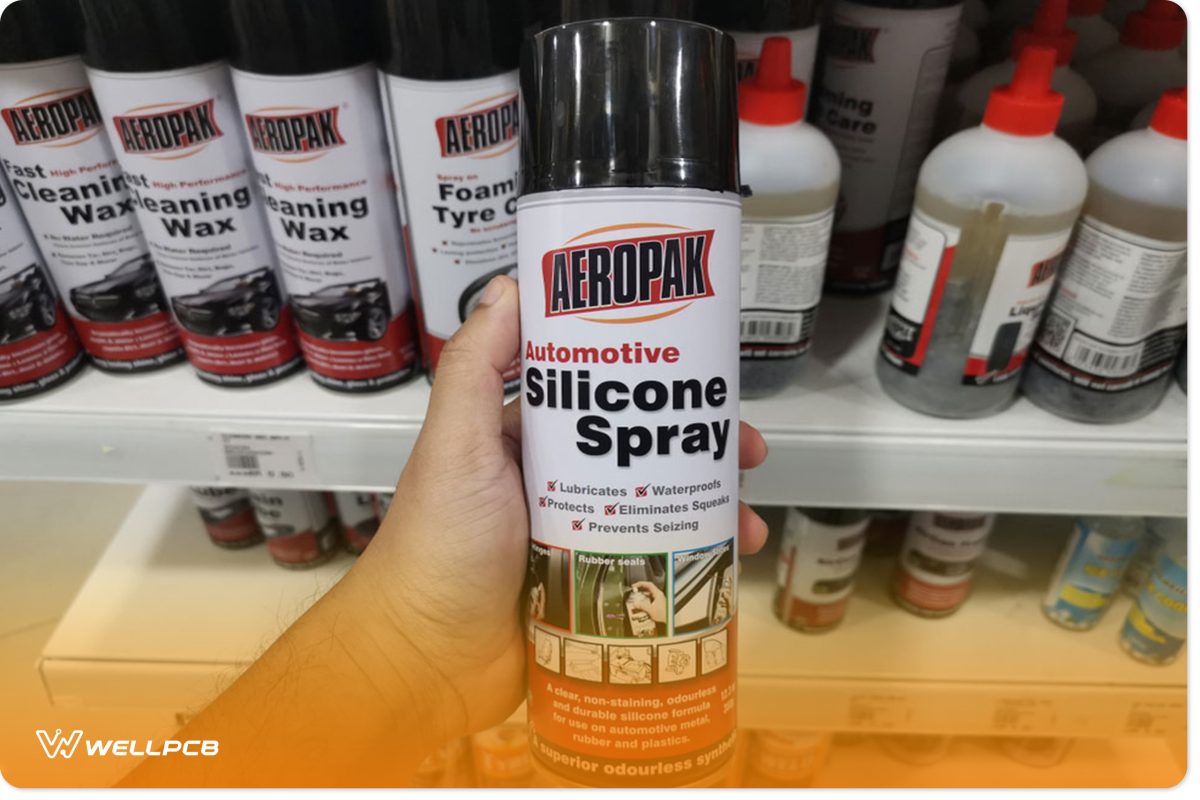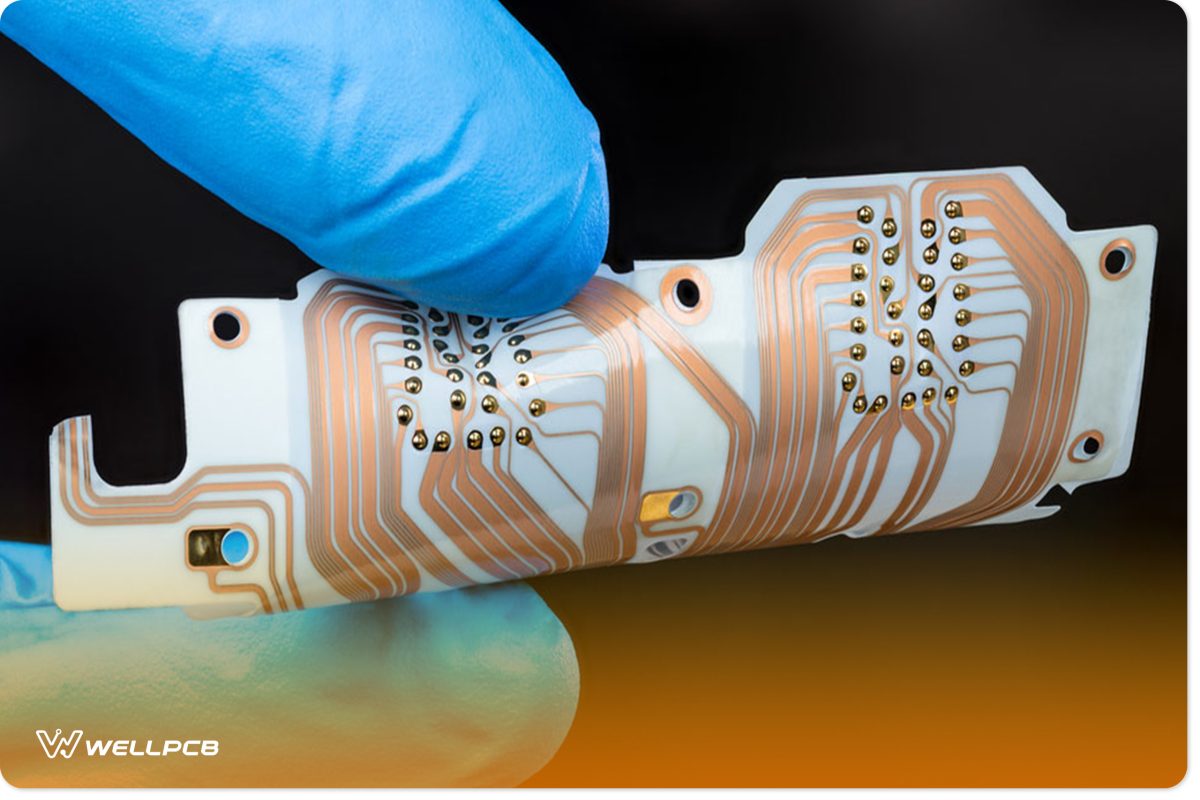Contents
What Is Spray Silicone Sealant
Silicone is an adhesive found in liquid, resin, grease, paste, or rubber form. Most users dispense silicone from a tube or brush it onto a surface. However, some applications need a uniform, thin layer of silicone and high levels of flexibility.
In some electronic applications, the circuit boards or cable harnesses are flexible. While in others, the areas to protect are challenging to access. Hence, these applications use spray silicone sealer dispensed as a fine spray from a pressurized spray can.
Spray Silicone Sealant Common uses

You will find spray silicone sealers in industrial applications and construction. Some common uses for silicone sealer spray include:
- Marine and automotive applications to prevent rust
- Aerospace systems as a sealant
- A sealant for electronic circuit boards, connectors, sensors, and components
- Protection for cable runs.
- Lens mold in LED applications
- A lubricant in metal-to-non-metal interfaces
- Protecting and repairing rubber gaskets.
How To Pik The Best Silicone Sealer Spray

Factors to consider when choosing the best spray silicone sealer are:
Resistance
What is essential in your application? Is it moisture resistance, heat resistance, or UV light resistance? Choose a silicone spray sealer that matches your requirements.
Flexibility
Are silicone flexibility and stretch important? If so, you should choose silicone with a low modulus.
In-Service Life
If you need the silicone coating to protect you over the long term, it is generally best to choose a low-modulus silicone.
Adhesion
The type of silicone should match the electronics board, components, or connectors you intend to protect. If there is a mismatch in materials, the silicone may not stick properly and fail to provide a seal.
Time to cure
Some silicones cure faster than others. This time can be crucial in electronic production lines as it causes a delay. But remember fast-curing materials may not have the required adhesion or modulus.
Color
Most electronic applications use a clear silicone sealer spray, but black and white are also available.
Cost
It is always essential to consider cost versus functionality.
What’s The Difference Between Silicone And Sealant

Silicone and sealant use different base materials. The adhesive is acrylic-based and used in construction for sealing gaps and making joints. It is essential to avoid exposing adhesive to water.
You can paint acrylic sealant but not silicone. In contrast, silicone is water-resistant. It is also more flexible and lasts longer than acrylic.
Are All Silicone Sealants Waterproof
All pure silicone sealants are waterproof and will remain so for twenty years. However, exposure to chemicals or excessive heat can damage the silicone and allow moisture.
Mechanical damage to the sealant is also a potential problem. For this reason, spray silicone sealer is often used to repair damaged coatings.
What Is The Best Sanitary Silicone Sealant
The composition of sanitary silicone sealant makes it resistant to mold. Hence, you will find it as a sealant around sinks, kitchens, and bathrooms in the home. When looking for a sanitary silicone sealant, you should consider:
Anti-mold and mildew properties
Home Depot stocks many silicone spray sealant products. Avoid cheaper brands as they have poor anti-mold properties. Reputable brands include Bostik, Loctite, Electrolube, Uni-bond, Evo-Stik, and Henkel.
Aging
Silicone sealants can degrade and discolor over time. Again, a trade-off is necessary between price and quality.
Dry times
Some silicone sealants dry within a few hours. Others can take up to 2 days.
Conclusion
Electronic circuit boards and components must continue to operate in high temperatures, high humidity, and corrosive environments.
Therefore, It is vital to carefully choose protective coating materials for electronic systems. One option is to spray silicone sealant.
It is easy to use, delivers a consistent finish, and allows circuit boards, cables, and connectors to flex. Please get in touch if you need any help selecting a silicone coating material.




